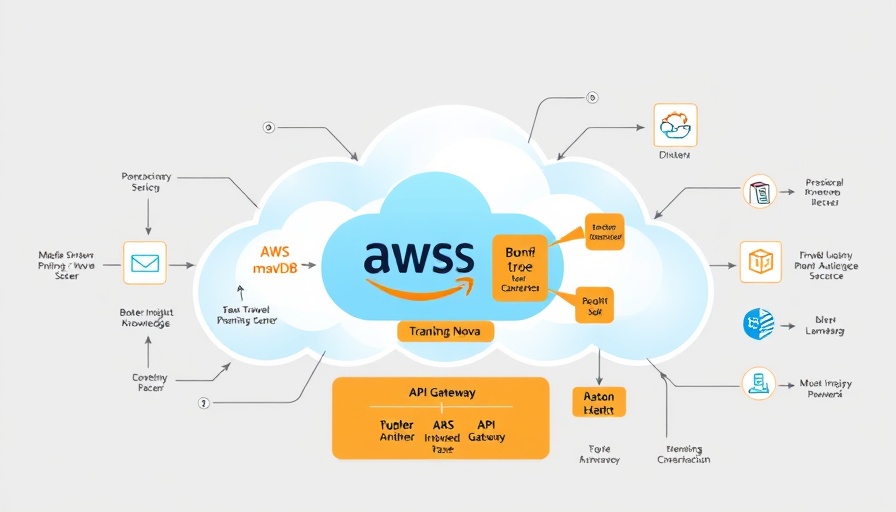
Understanding the RAG Ecosystem
Retrieval-Augmented Generation (RAG) represents a significant advancement in the AI landscape, particularly in enhancing the capabilities of Large Language Models (LLMs). By integrating a retrieval step that allows real-time access to external knowledge sources, RAG not only improves the relevance and accuracy of generated content but also positions itself as an essential tool for enterprises seeking to leverage AI for operational efficiency. Notably, the transition from a proof of concept to a fully operational deployment can be challenging but is critical for unlocking the true potential of RAG.
Challenges Encountered in RAG Deployment
Despite its promising capabilities, moving RAG applications from pilot programs to production is far from straightforward. Organizations often confront issues such as unexpected query patterns and systems that may collapse under real-world demands. Factors such as latency management and content freshness become critical in ensuring that the RAG systems are robust and capable of handling diverse user inquiries without performance degradation.
Strategies for Successful RAG Production Deployment
A successful transition to production entails adopting practical strategies for scaling RAG applications. One effective approach is leveraging distributed vector databases with sharding techniques to manage high query volumes with low latency. Additionally, using GPU-accelerated models can enhance retrieval speed and reduce operational bottlenecks. These strategic implementations not only address performance challenges but also ensure that RAG systems remain responsive to user needs.
The Role of Real-Time Data in RAG Effectiveness
The integration of real-time data retrieval is a defining characteristic of RAG systems. By grounding generated content in up-to-date facts, RAG significantly reduces the risk of inaccuracies—often referred to as hallucinations—in generated responses. For enterprises, this ability to provide timely and contextually relevant information can be a decisive factor in enhancing customer interactions and improving decision-making processes.
Future Trends and Innovations in RAG
As organizations continue to explore RAG, we can expect further innovations aimed at optimizing deployment processes. The emergence of modular RAG architectures is paving the way for more flexible and scalable implementations. This shift away from monolithic designs toward a more composite structure facilitates the integration of advanced features while also enhancing the resilience of the system against failures during operation.
Conclusion: The Road Ahead
The journey of implementing RAG systems from concept to reality is complex but ultimately rewarding. As enterprises increasingly rely on AI to drive transformation, understanding the deployment tactics and operational considerations integral to RAG applications will become increasingly critical. By navigating these challenges effectively, organizations can realize significant benefits and remain competitive in a rapidly evolving business landscape.
 Add Row
Add Row  Add
Add 




Write A Comment